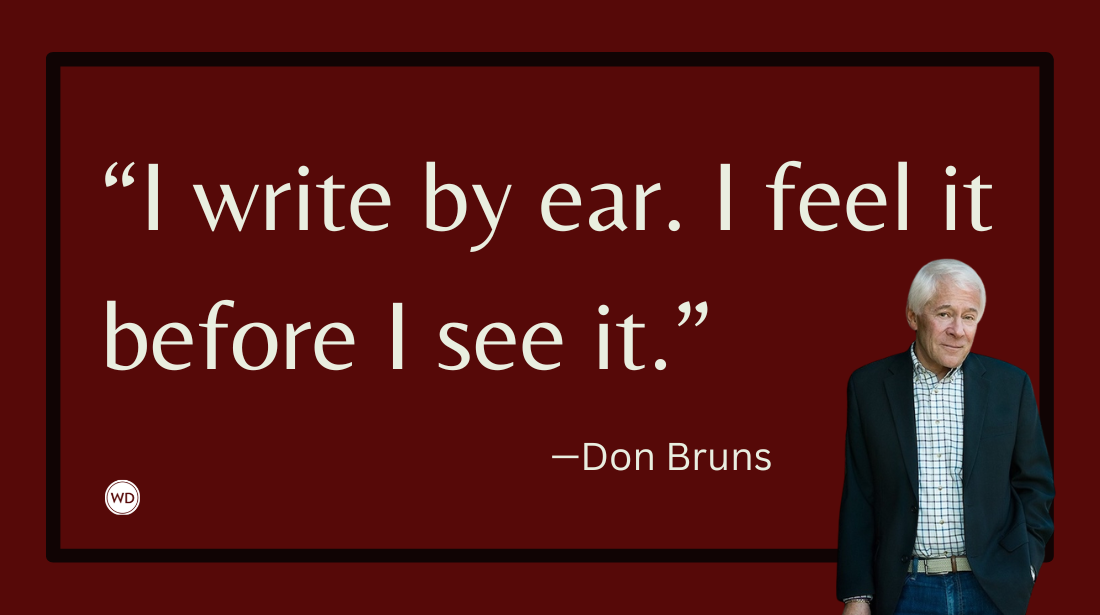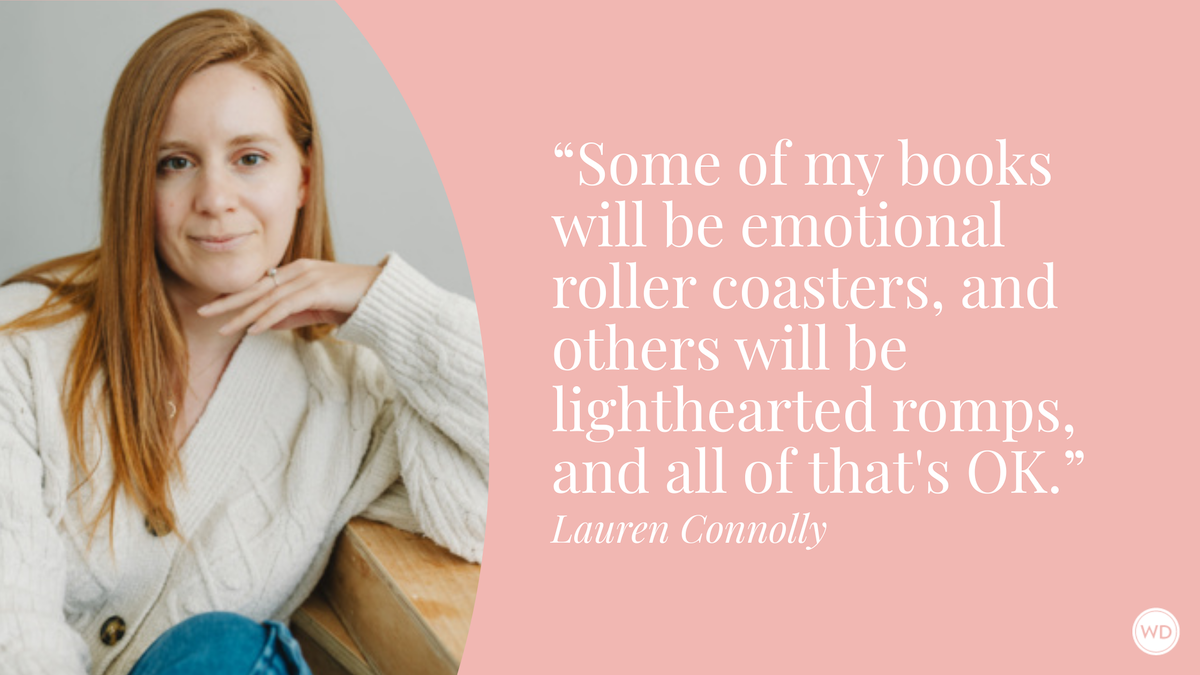At the Intersection of Romance and Mental Health
Author Katie Shepard shares her views on writing at the intersection of mental health and romance fiction, including examples of novels that do it well.
I believe that the only two necessary elements of a romance novel are 1) a love story and 2) an optimistic ending. Within that basic convention, the genre is flowering with diverse characters, plots, and structures that reflect the diversity of humans who can fall in love. (Or even more than just humans; were-ocelots, ghosts, and blue aliens deserve love too.)
Romance can explore the same ideas as any other genre of literature and do it well; romance just explores those ideas in connection with love stories. Mental health issues can be fraught, painful, and intersectional, but when I decided to write a rom-com about mental illness, I was comfortable I could say what I wanted to say about anxiety within genre conventions.
Here’s what romance novels do so well: They show us how love can change deeply held beliefs and prejudices, especially ones that characters hold about themselves. In my first novel, Bear With Me Now, one of the main characters has a panic disorder. He has it on the first page, when his sister drags him off to wilderness therapy in Montana, and he has it on the last page, when he’s setting off toward his happily ever after with the love of his life. But what I tried to show isn’t a character finding love despite his mental illness, or love overcoming his mental illness—it was how he found love with mental illness.
What changes over the course of the book is his relationship with his illness, not the nature of his illness. He’s a character who finds a happily ever after and a character who needs to stay on his medications, make some major lifestyle changes, and be honest about his needs with the people in his life. I swear it’s funny too, because real life for people with mental illness has those same moments of humor, love, yearning, and heartbreak as anyone else.
Check out Katie Shepard's Bear With Me Now here:
(WD uses affiliate links.)
I first realized how expansive the romance genre is when I read Lisa Kleypas’s Love in the Afternoon, which depicted a main character grappling with PTSD after serving in the Crimean War. What struck me about that portrayal is that the obstacle to the relationship wasn’t Captain Phelan’s symptoms, but his attitude toward them. In other words, the obstacle was his internalized ableism that told him that he couldn’t be a good partner while suffering from insomnia and night terrors, and the triumph of the book was his decision to fully commit to his wife without knowing whether his symptoms would ever resolve.
Likewise, in The Heart Principle by Helen Hoang, the protagonist is still dealing with burnout, grief, and a late diagnosis of ASD after falling in love with her perfect match, but the ending is optimistic because the reader can imagine this character living her best life with a supportive partner and better self-knowledge and understanding. While there are wonderful romance novels that end on a perfect fantasy note, I think there’s a lot of hope and healing in stories that show people whose lives are changed for the better by love and yet still expect to manage realistic pressures in their happy future.
Even when a character’s mental illness isn’t central to the plot, romance novels can beautifully depict the compromises and choices facing people with mental illness. In Two Wrongs Make a Right, by Chloe Liese, one of the main characters has an anxiety disorder. While his arc is primarily about how he learns to draw boundaries with people in his life, the decisions he makes to assert those boundaries feel like major victories because of how difficult his anxiety makes those choices.
Conversely, in The Ex Talk, by Rachel Lynn Solomon, the dark night of the soul moment comes when a character’s social anxiety prevents him from supporting his girlfriend in a moment of crisis. It’s a part of the book that demands as much empathy from the reader as does the other main character, and when that empathy is eventually extended, it feels at once very realistic and very romantic.
The breadth of the romance genre means readers can go looking for almost anything and find it. Romances involving mental illness satisfy both readers’ basic desire to see their own experiences reflected in literature and the fantasy of a love story involving those experiences.
*****
If you love to write and have a story you want to tell, the only thing that can stand between you and the success you’re seeking isn’t craft, or a good agent, or enough Facebook friends and Twitter followers, but fear. Fear that you aren’t good enough, or fear the market is too crowded, or fear no one wants to hear from you. Fortunately, you can’t write while being in the flow and be afraid simultaneously. The question is whether you will write fearlessly.
Katie Shepard studied Soviet history and worked in human rights law before burning way—way out—and achieved professional tranquility as a simple country bankruptcy lawyer. She lives in Texas with her husband, kids, and elderly rescue cat, but is often found hiking in the Rocky Mountains or the virtual woods of Thedas.









